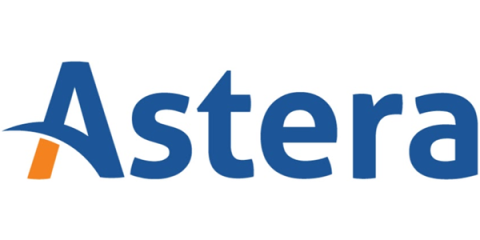Download a file from SharePoint with the API
Many organizations are turning to SharePoint to store their files and share documents. Allowing your systems to access these files might seem like a challenge at first, but with the help of the Microsoft Graph API, you can quickly download the file to start processing on your back-end. Download the example solution to get started. Use the created functions in your solution to simplify Microsoft Graph integration.







